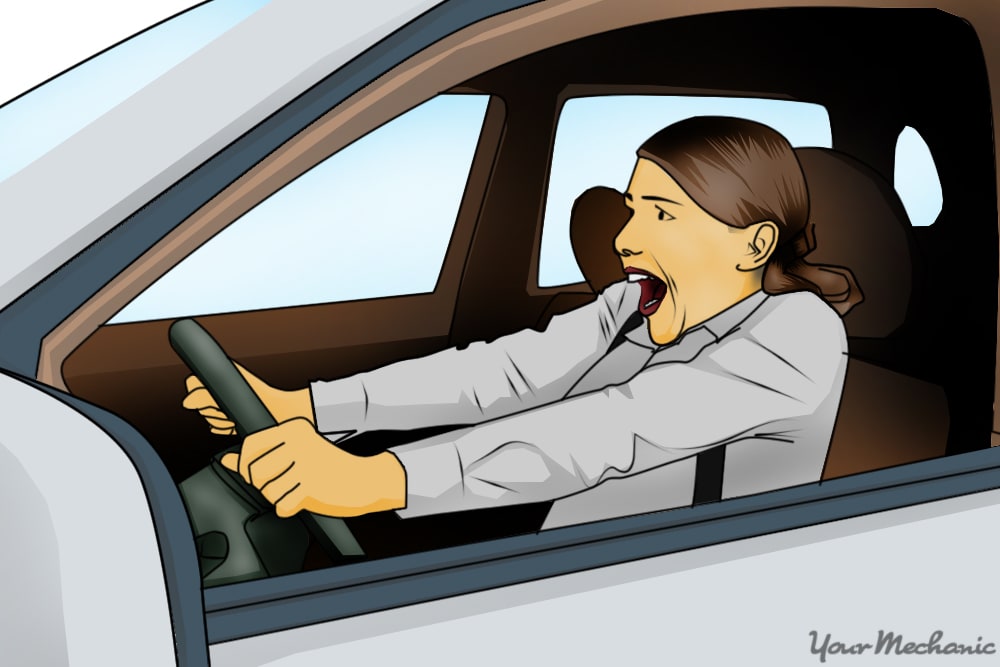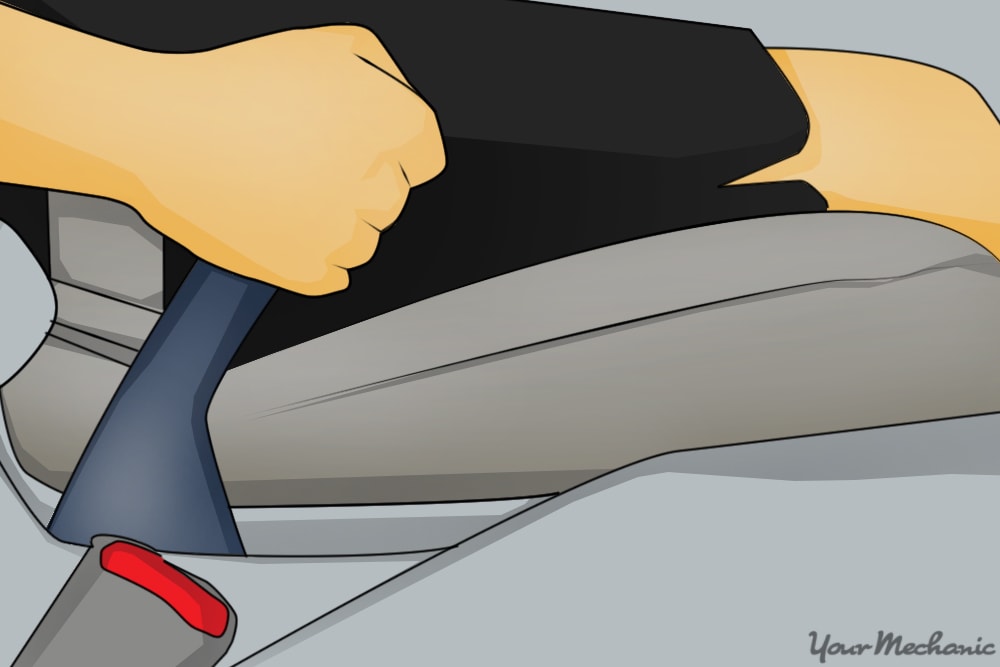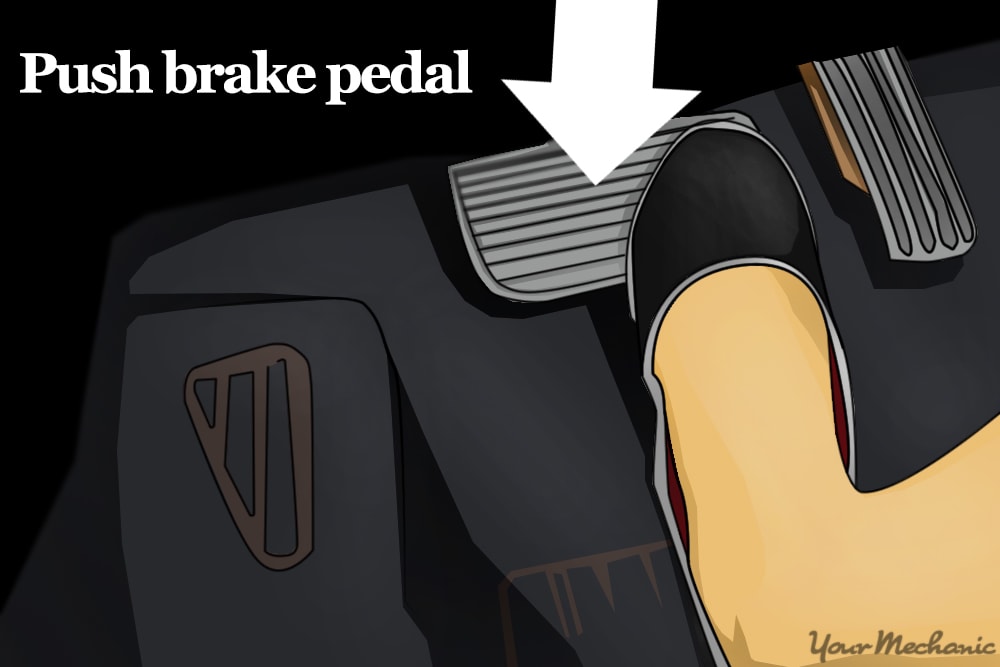

Being able to make an emergency stop in your car is a skill all drivers should have. After all, there are a lot of situations that are beyond a person’s control that require being able to stop safely. Whether it is as extreme as total brake failure or as common as hydroplaning on a wet road, knowing what to do can mean the difference between having an accident and recovering from a dangerous situation with grace and ease.
Method 1 of 3: When the brakes go out
Suddenly finding that your brakes don’t work is a great fear among drivers. This is an extremely dangerous situation and can even mean the difference between life and death. Maintaining a level head and knowing what steps to take are crucial for your own safety and that of others on the road.
Step 1: Downshift immediately. This will slow the car and works with both automatic and manual transmissions.
In a manual transmission, work your way smoothly down through the gears. Do not turn the ignition off because you will no longer have power steering, and do not put the car in neutral because it will decrease your ability to brake even further.
Step 2: Do not depress the accelerator pedal. While this may sound like a no-brainer, people do strange things when scared and under pressure.
Avoid the temptation to start pushing around with your feet willy nilly because speeding up will only make the situation worse.
Step 3: Use the emergency brake. This may or may not bring you to a full stop, but it will at least slow you down. Emergency brakes vary between different vehicles, so you should familiarize yourself with how the one in your car works.
Step 4: Move to your right as soon as it is safely possible. This takes you away from oncoming traffic and closer to the shoulder of the road or an exit off of a highway.
Step 5: Let others on the road know you are out of control. Put on your emergency flashers and honk the horn.
Everyone around you needs to know something is amiss, so they can get themselves to safety and out of your way.
Step 6: Come to a stop one way or the other. Hopefully, you will have slowed enough that you can pull over and naturally come to a stop after decelerating.
In the event that you must hit something because all ways are blocked, aim for the softest blow possible. Careening into a privacy fence, for example, is a far better choice than a large tree.
Method 2 of 3: When skidding or hydroplaning
When a car begins skidding, you have little ability to control the car’s speed or direction. That does not mean, however, that you are powerless when in this situation. Skidding occurs more frequently in older cars that are not fitted with an anti-lock braking system (ABS), but it does occasionally happen in vehicles with ABS as well.
Step 1: Depress the brake smoothly for a full second. If you push the brake too quickly, it can actually make the skid worse.
Instead push it down to a mental count of “one-one-thousand,” and then let up to a count of “two-one-thousand.”
Step 2: Continue braking and releasing. Continue in this slow and controlled manner until you regain control of your car again and are able to steer it.
This is called cadence braking.
Step 3: Mentally regroup. Once you are in control of your vehicle again, pull over and give yourself some time to mentally regroup before driving again.
Method 3 of 3: When turning for evasive manoeuvers
Another situation where you may need to make an emergency stop is to avoid hitting something that doesn’t belong in the road. This could be when a deer suddenly appears in front of you or you come over a large hill to find another accident in the road. Here, you need to steer and stop to avoid a collision.
Step 1: Decide how to stop based on your car. The way to do this varies slightly, depending on whether your car has ABS or not.
If your car does have ABS, push the brake pedal down as hard as you can while steering in a normal fashion. In a situation where you are driving a car without ABS, you still push the brake firmly but only at about 70% of the force you are capable of exerting and only steer once you have released the brake to prevent the brakes from locking up.
Regardless of the hows and whys of your emergency stop, the most important thing to do is remain calm. Feelings of frustration or fear will do no good, and can impair your ability to act appropriately and handle the situation to the best of your ability. Be sure to have one of YourMechanic’s certified technicians inspect your brakes to make sure they're in excellent working condition.





